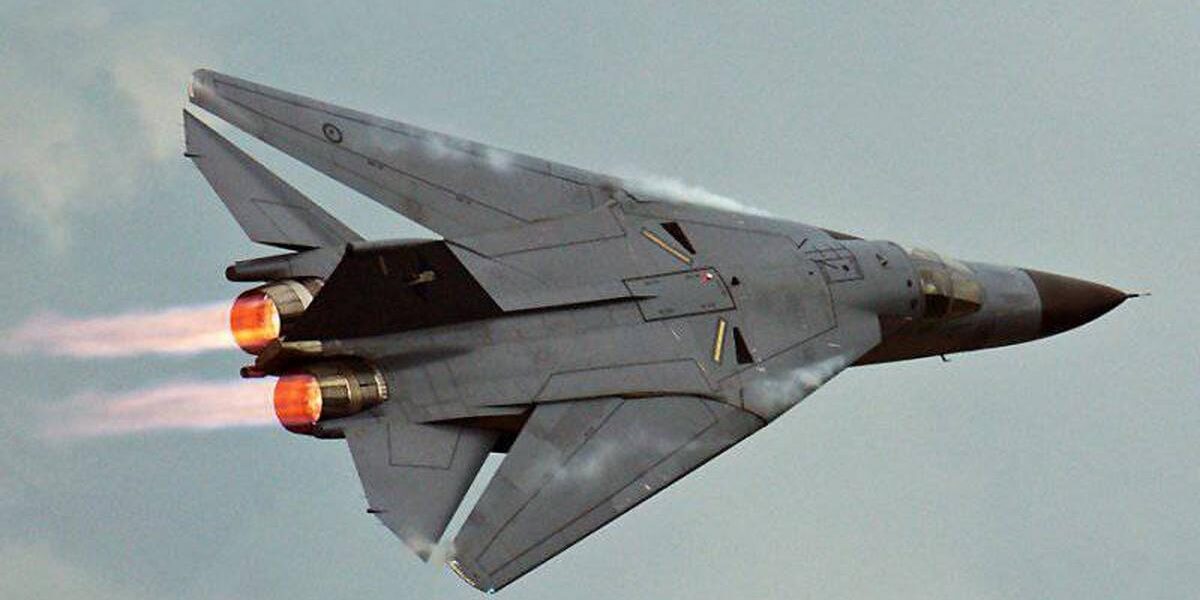The shooting down of a spy plane in 1960 alerted Americans to the fact that the Russians had surface-to-air missiles capable of bringing down planes at heights above 18 km. This meant that the plan to send high-flying B-47 bombers over the USSR during a potential war was no longer viable. As a result, the US Air Force realized the need to accelerate the development of low-flying aircraft capable of evading enemy radars and anti-aircraft defense systems. This led to the birth of the F-111, largely thanks to NASA’s variable-geometry wing technology.
Initially designed to serve as a conventional fighter, the F-111 eventually found its niche as a highly effective bomber and attack aircraft, excelling in its role due to its innovative design features. The F-111 was the first serially produced aircraft of its kind, featuring variable-geometry wings that significantly enhanced its aviation capabilities. It was equipped with afterburning engines, a modern terrain-following radar, and a unique cockpit arrangement. In terms of combat capabilities, the F-111 could carry both conventional and nuclear weapons, and was also capable of laser-guided bomb delivery.
Its impressive performance was showcased during Operation Desert Storm, where it proved to be the most effective bomber in the US arsenal. A total of 563 F-111 aircraft were built, with the last one retired from the US military in 1996. Interestingly, it was the only aircraft in US military history to serve without an official nickname, which was later bestowed upon its retirement. The aircraft was affectionately called the Aardvark, drawing parallels to the animal known for its adept digging abilities, mirroring the aircraft’s combat prowess.
In the Australian Air Force, where the F-111 served until 2010, it was unofficially known as the “Pig”. Today, this iconic aircraft can only be admired in museums.
